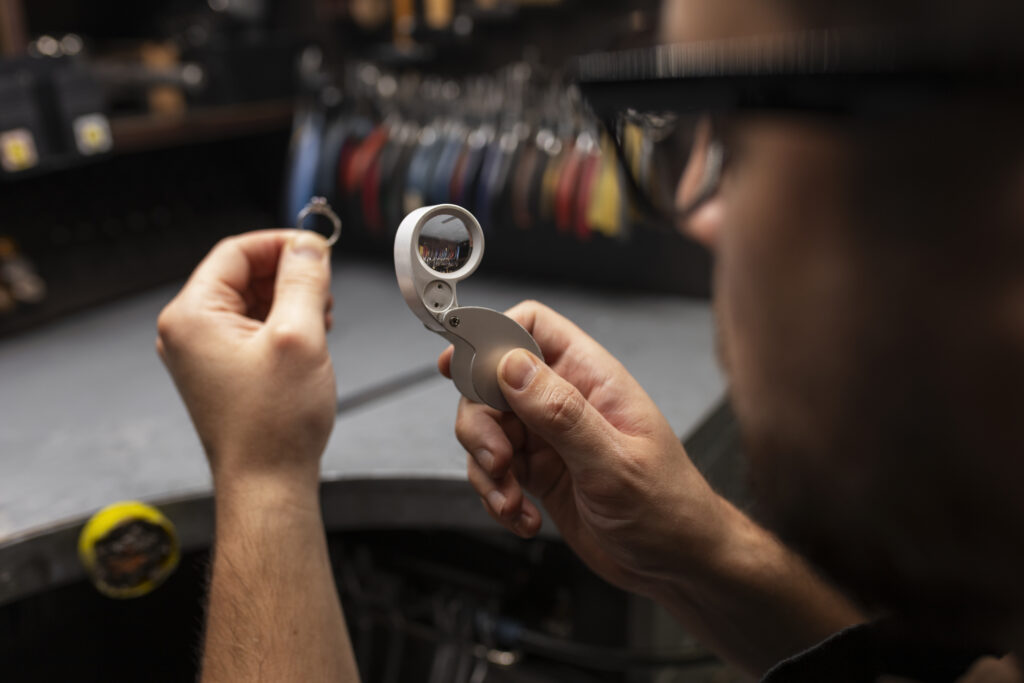Torque wrenches are precision tools used to apply a specific torque to fasteners such as bolts and nuts. They play a vital role in industries like automotive, aerospace, manufacturing, and construction, where proper tightening of fasteners is critical. Over time, however, torque wrenches can lose accuracy due to wear, improper use, or environmental factors. That’s where torque wrench calibration services come into play.
Calibration ensures that a torque wrench delivers the correct force, maintaining both safety and quality standards. This article explores the importance of torque wrench calibration services, the calibration process, and how it benefits industries and professionals alike.
What is Torque Wrench Calibration?
Torque wrench calibration is the process of verifying and adjusting the accuracy of a torque wrench to ensure it applies torque within specified limits. This is typically done using a torque calibration machine or tester, which compares the wrench’s output against a known standard.
The goal is to bring the wrench’s performance within acceptable error margins as defined by international standards such as:
- ISO 6789
- ASME B107
- BS EN ISO/IEC 17025 (for accredited labs)
Why is Calibration Important?
- Accuracy: A miscalibrated torque wrench may apply too much or too little torque. Over-torquing can damage components or fasteners, while under-torquing can lead to loose connections and equipment failure.
- Safety: In critical applications like aircraft assembly or structural engineering, improper torque can lead to serious accidents or structural integrity issues.
- Compliance: Many industries require calibration records to meet regulatory and quality assurance standards (e.g., ISO audits).
- Longevity of Tools: Regular calibration extends the life of the torque wrench and ensures optimal performance.
- Cost Efficiency: Avoids costly rework, breakdowns, or warranty claims caused by torque-related issues.
When Should You Calibrate a Torque Wrench?
The frequency of calibration depends on several factors, including usage, environment, and manufacturer recommendations. However, general guidelines suggest:
- Every 5,000 cycles or once a year, whichever comes first
- After any accidental drops or visible damage
- If the wrench is used in critical applications or exposed to extreme conditions
- Before a major project or quality audit
The Calibration Process
Torque wrench calibration services are typically provided by certified laboratories or tool service centers. Here’s an overview of the standard calibration procedure:
1. Inspection
- Visual check for wear, damage, or corrosion
- Functional test to ensure proper operation
2. Setup
- The wrench is mounted on a calibration rig or torque tester
- Environmental conditions like temperature and humidity are controlled
3. Measurement
- Torque is applied at several points (commonly 20%, 60%, and 100% of full scale)
- Readings are compared against standard values to determine accuracy
4. Adjustment
- If deviations are found, the wrench is adjusted or repaired to bring it within acceptable tolerance levels
5. Certification
- A calibration certificate is issued, detailing:
- Date of calibration
- Measured values
- Error percentage
- Equipment used
- Next calibration due date
Many labs provide digital records and traceable calibration data for compliance tracking.
Types of Torque Wrenches That Need Calibration
- Click Type Torque Wrenches – The most common; produces a “click” when preset torque is reached.
- Electronic/Digital Torque Wrenches – Display torque digitally and often include data logging.
- Beam Type Torque Wrenches – Simple mechanical models; calibration involves checking needle alignment.
- Dial Torque Wrenches – Use a dial to show torque values in real-time; calibration ensures the dial reflects accurate readings.
All of these tools benefit from periodic calibration to maintain reliability.
Choosing a Calibration Service Provider
When selecting a torque wrench calibration service, consider the following:
- Accreditation: Look for labs accredited under ISO/IEC 17025.
- Experience: Choose providers with expertise in your industry and tool type.
- Turnaround Time: Some services offer same-day or expedited calibration.
- Mobile Calibration: Some providers offer on-site services to reduce downtime.
- Traceability: Ensure the lab uses certified reference equipment traceable to national or international standards.
Cost of Calibration
The cost of torque wrench calibration can vary based on:
- Type and brand of wrench
- Torque range (higher torque wrenches may require specialized equipment)
- Turnaround time (standard vs. urgent)
- Additional services like repair or certification
In general, calibration services are a small investment compared to the potential cost of torque-related failures.
Benefits of Regular Calibration
- Improved Quality Control – Ensures consistency in tightening torque
- Audit Readiness – Helps meet ISO, OEM, or regulatory compliance
- Reduced Liability – Prevents failures due to improper torque application
- Extended Tool Life – Keeps tools operating efficiently and accurately
- Confidence in Results – Gives technicians and engineers trust in their equipment
Conclusion
Torque wrench calibration service is not just a technical necessity—it’s a cornerstone of safety, quality, and professionalism in many industries. Whether you’re assembling a jet engine, tightening bolts on a bridge, or maintaining factory equipment, ensuring that your torque wrench is properly calibrated means you’re doing the job right, the first time. For companies and individuals alike, investing in regular calibration is a proactive step toward reliability, compliance, and peace of mind.


